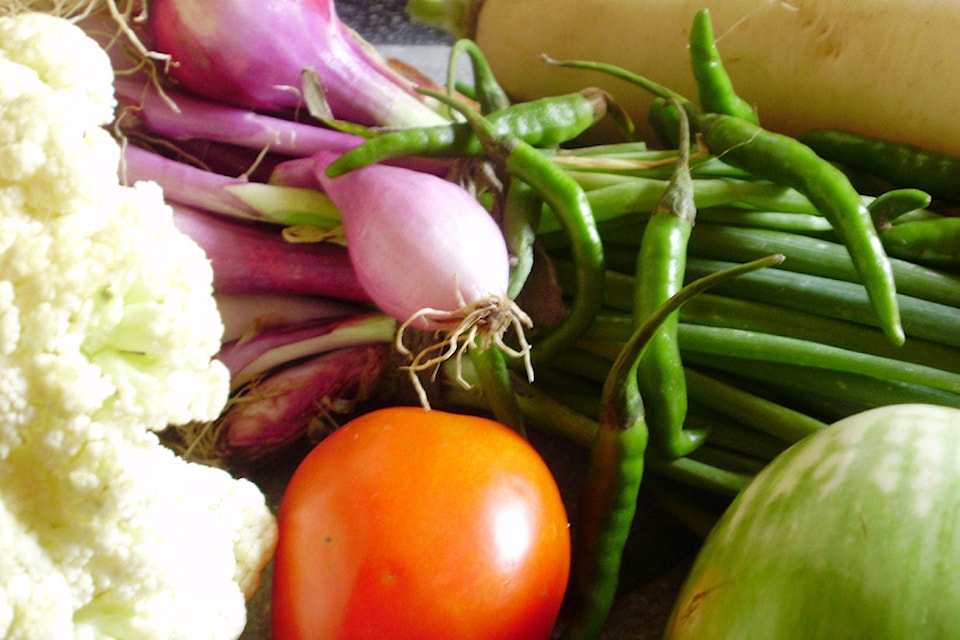More time and food availability worry has resulted in people planting food gardens. For those who have never gardened or been around a garden it can be a steep learning curve.
Seed packages contain planting instructions making it easy to start the garden. Weed, water and sit back and wait to collect the harvest sounds simple but when to harvest is a legitimate question. Each vegetable is different.
When the silk on the ear of corn turns brown, open the husk slightly to look at the cob. It is ready to eat when the kernels are large, full of liquid and usually a light yellow but colour varies with variety. If the corn is left too long, the sugar in the kernels turns to starch.
Sugar or snap peas are ready to eat when the pods form. Shelling peas are ready to eat once the seeds have begun to expand within the pods. The trick is to pick peas when they are a good size but not too big as they lose flavour and texture when they get too large.
Carrots can be eaten as soon as the root has colour. If the carrot tops appear to be crowded, thin them by pulling out plants allowing the remaining carrots to grow larger. Carrots can be left in the garden until the ground begins to freeze.
How big a cucumber will grow depends on the variety. Knowing the fruit size at maturity makes it easier to pick the fruit before it becomes overgrown. Fruit that is allowed to grow too large is hollow in the centre and can taste bitter.
Small zucchinis are great as there isn’t a need to remove the seeds or skin. Larger zucchini have hard skin and the seeds need to be removed.
When to harvest squash depends on the variety of squash and the end use. Summer squash like spaghetti squash can be eaten as soon as they reach a suitable size. They can also be left on the vine until the skin thickens making it ideal for storage. Winter squash should be left until the threat of a heavy frost to allow the fruit to mature. In climates with more growing days, the stem that connects the plant will wither when the fruit is ready for harvest.
Older varieties of Kohlrabi are ready to eat when the bulb portion is over an inch (2 cm) in diameter. Newer varieties will reach a diameter of 4 to 6 inches (10-15 cm) in diameter before they become woody.
Broccoli and cauliflower are ready to eat when they form a dense head. Take a sharp knife and sever the head from the stock. Broccoli will send up side shoots and should be left for further harvests. With cauliflower there is one head per root.
Onions should be harvested when they flop over. Do not stomp on them, it does not encourage them to mature faster.
Harvest garlic when all the foliage turns brown.
Place both onions and garlic in the sun to dry before storing them for the winter.
Linda Tomlinson has gardened in central Alberta for over 30 years. She can be reached at your_garden@hotmail.com.
